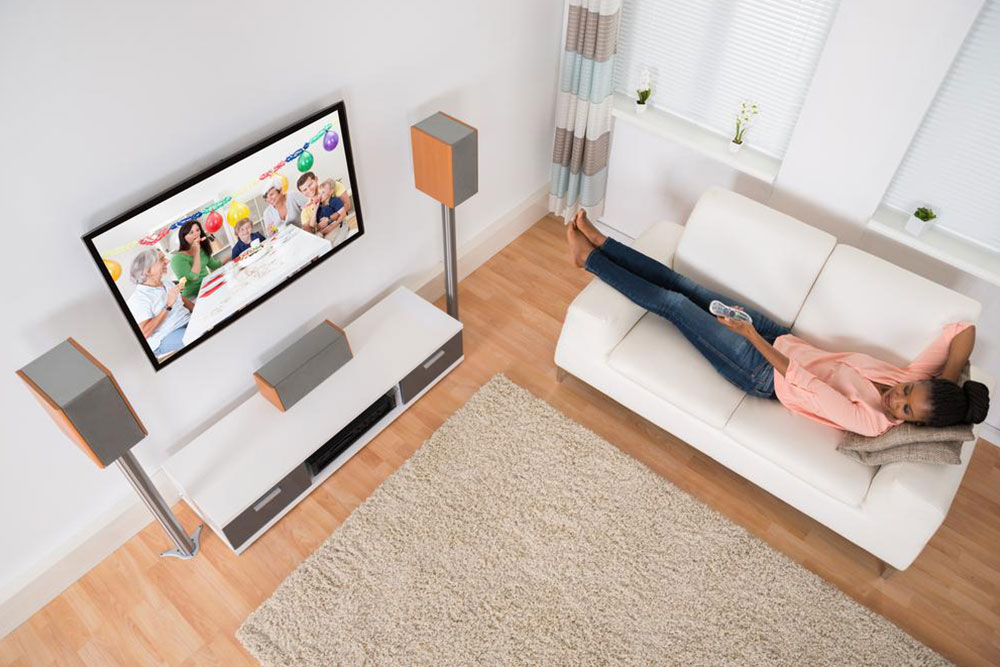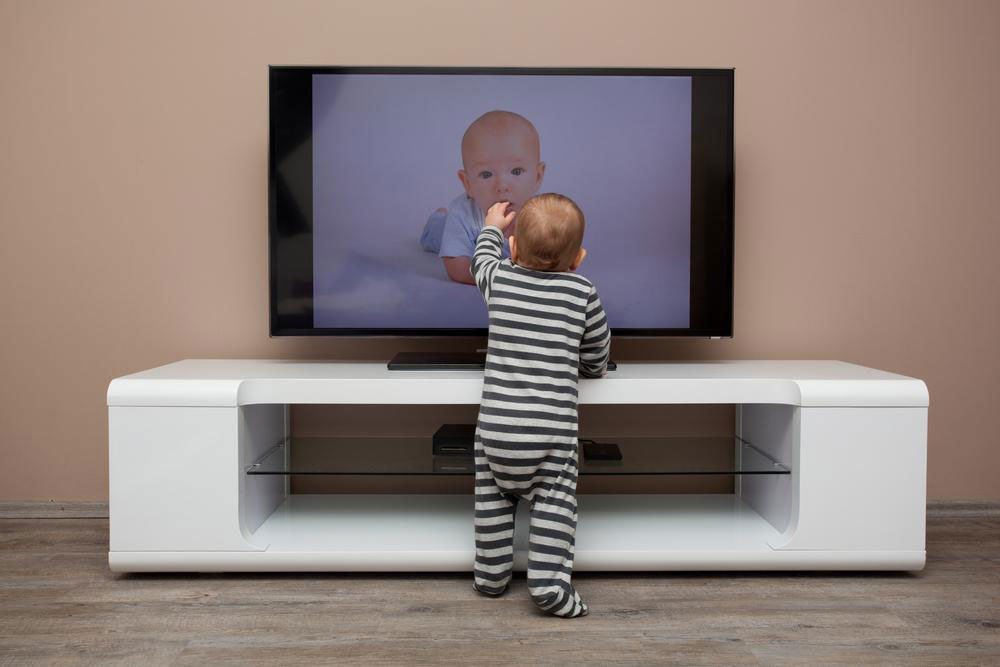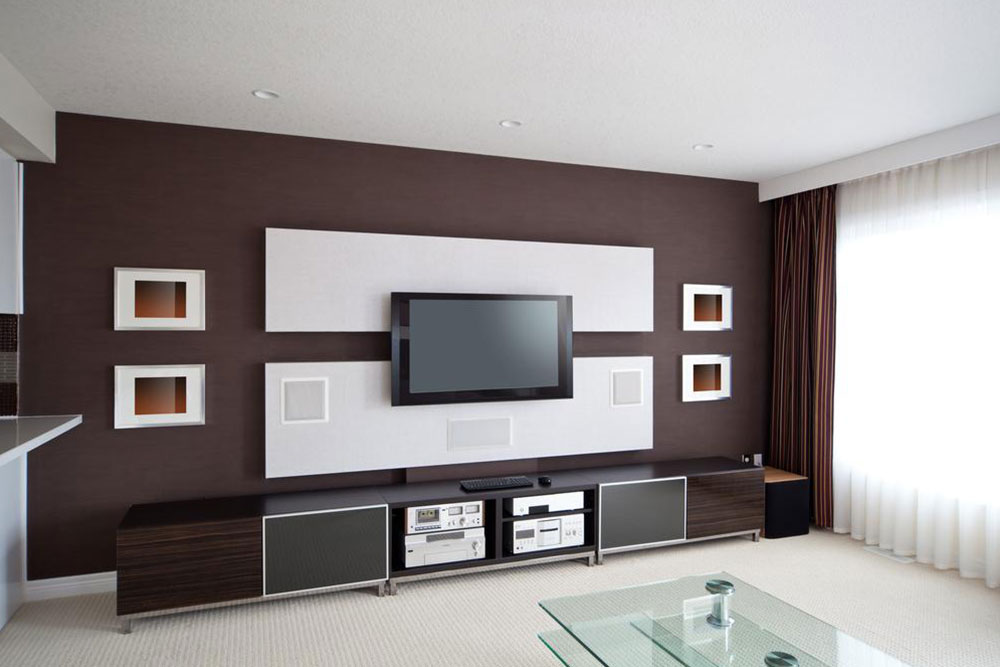The Ultimate Guide to Choosing the Perfect Television Resolution for Your Home Entertainment Setup
Selecting the ideal television resolution is essential to maximize your viewing experience. This comprehensive guide explains key factors like resolution types, LED technology, aspect ratios, and scanning methods. It helps you understand how to choose the right TV based on screen size, content, and room setup. From 4K to emerging 8K models, learn what features matter most for crystal-clear images and cinematic quality. With detailed insights, you can confidently select a TV that offers excellent picture clarity, enhanced colors, and smooth motion to elevate your home entertainment. Perfect for movie buffs, gamers, and streaming enthusiasts alike.

The Ultimate Guide to Choosing the Perfect Television Resolution for Your Home Entertainment Setup
Investing in a new television is a significant decision that can greatly enhance your home entertainment experience. With countless options available, selecting the right TV requires careful research and an understanding of key features, especially resolution. A higher resolution TV offers sharper images and better clarity, but it’s important to match the resolution with your viewing environment, content preferences, and budget. This comprehensive guide will walk you through everything you need to know about TV resolutions, latest technologies, and how to choose the perfect model for your home.
Understanding the crucial role of resolution in television picture quality is the first step in making an informed purchase. The resolution impacts how detailed and crisp the display appears, influencing your overall viewing experience. Let’s delve into the fundamental aspects of television resolution, the different technologies involved, and practical tips to help you choose the optimal TV for your needs.
Comprehensive Overview of LED TV Technology
LED (Light Emitting Diode) TVs represent the latest advancement in display technology, utilizing a panel of liquid crystals illuminated by LED backlights. Compared to traditional LCDs, LED models deliver enhanced brightness, better contrast, and superior resolution capabilities. There are various types of LED TVs, such as edge-lit, direct-lit, and OLED (Organic LED), each offering unique visual benefits. OLED screens, in particular, provide exceptional color accuracy, deep blacks, and ultra-high contrast ratios, elevating your home viewing to cinema-quality standards.
Understanding Resolution and Its Significance
Resolution refers to the number of pixels on the display, directly affecting image details and clarity. It is usually expressed as width x height, such as 1920x1080 pixels (Full HD), 3840x2160 pixels (4K UHD), and beyond. The higher the resolution, the more detailed and clear the images appear. Resolution influences how closely you can sit to your TV without noticing pixelation, especially on larger screens.
Native resolution, which indicates the actual pixel count of your TV screen, is a critical factor when evaluating picture quality. Ensuring your content matches or scales well to the native resolution can significantly enhance your viewing experience. Additionally, understanding display aspect ratios helps determine how content fits on your screen and affects the overall aesthetic of your viewing area.
Display Aspect Ratio and Screen Proportions
Aspect ratio, expressed as the ratio of width to height (e.g., 16:9, 4:3), determines the shape of the image on your TV. Modern TVs predominantly use a 16:9 aspect ratio, suitable for most movies, TV shows, and digital content. This ratio provides a widescreen experience, optimizing the viewing of high-definition content and streaming services. The choice of aspect ratio influences how your content is displayed, whether native or scaled, affecting picture composition and viewing comfort.
Scanning Methods: Interlaced vs. Progressive
Two primary methods govern how images are refreshed on your screen: interlaced (denoted by ‘i’) and progressive (‘p’). Interlaced scanning updates alternate lines per refresh cycle, often resulting in flickering or motion blur. Progressive scanning, on the other hand, refreshes all lines in each cycle, delivering smoother motion and clearer images, especially vital for fast-paced sports or gaming. Modern TVs predominantly support progressive refresh rates, enhancing motion clarity.
When selecting a TV, resolution is a significant factor to consider—especially larger screens where higher resolutions maintain clarity at close viewing distances. A 4K resolution, for instance, offers four times the detail of Full HD, making it ideal for larger screens and immersive viewing experiences. However, source quality is also critical; poor quality content can diminish the perceived resolution regardless of the display's capabilities. Therefore, investing in good-quality content sources and settings can maximize your TV’s potential.
In addition to resolution, other features such as refresh rate, HDR support, and viewing angles influence picture quality. A higher refresh rate (120Hz or more) ensures smoother motion, beneficial for sports and gaming. HDR (High Dynamic Range) enhances contrast and color richness, providing more realistic images. Considering your room size, viewing distance, and content preferences will help you determine the most suitable resolution and additional features for your TV.
Modern technology offers a wide array of options, from standard LED models to advanced OLED and QLED displays. Each technology provides unique advantages in resolution and picture quality. As technology advances, 8K TVs are emerging in the market, promising even greater pixel density and sharper images, although content availability remains limited.
In conclusion, choosing the right television resolution involves understanding how different factors like display technology, aspect ratio, source content, and your viewing habits interplay. By carefully evaluating these aspects, you can select a television that offers the best visual experience, durability, and value for your investment. Whether you prefer cinematic movies, gaming, or streaming your favorite series, the right resolution enhances every aspect of your entertainment setup. Take your time to research and compare models, and consult with experts if needed, to ensure your media room is equipped with a top-quality TV that suits all your needs and preferences.





